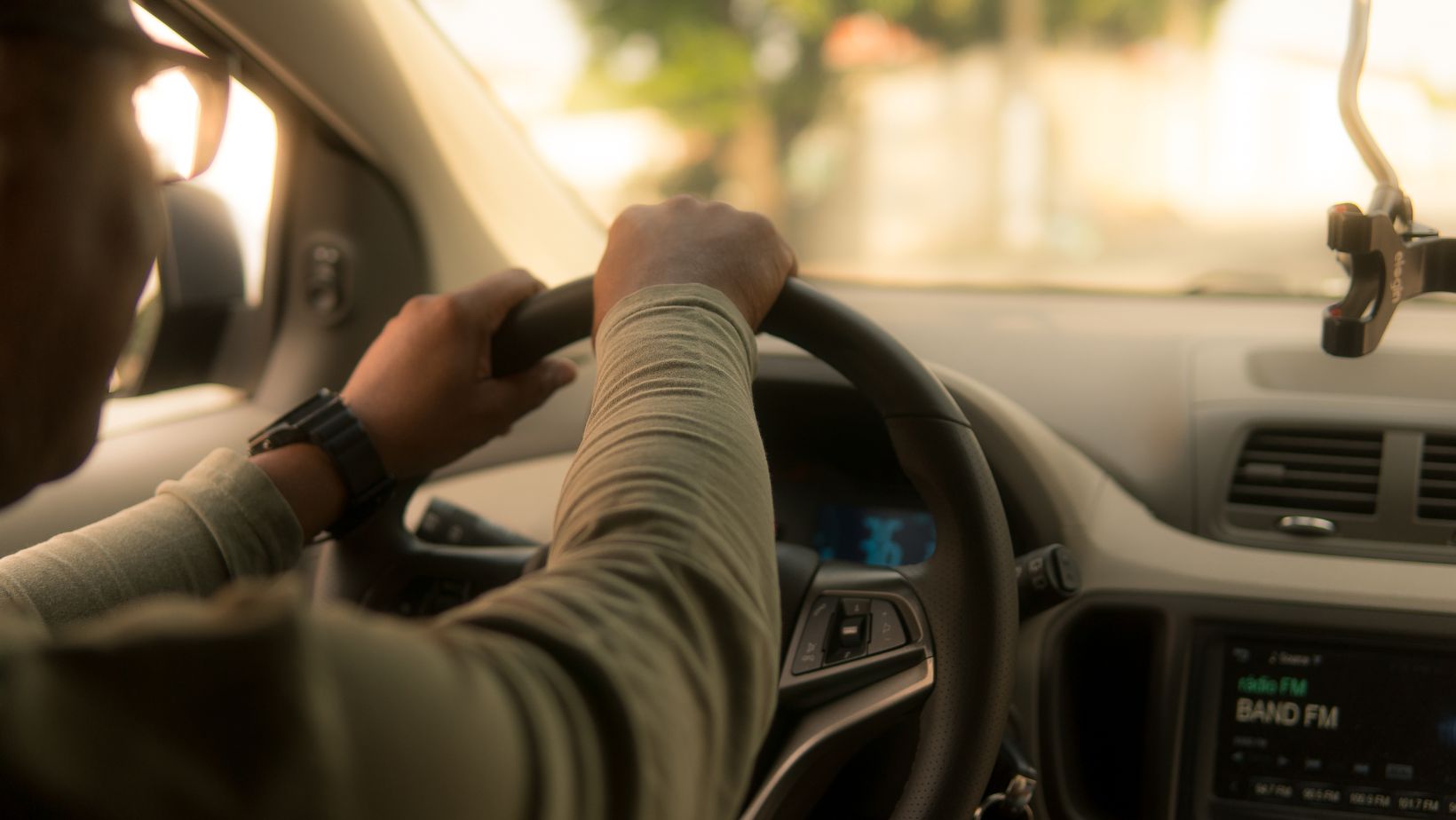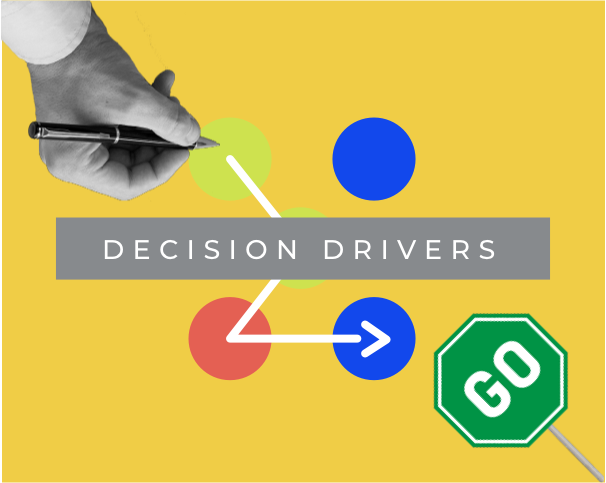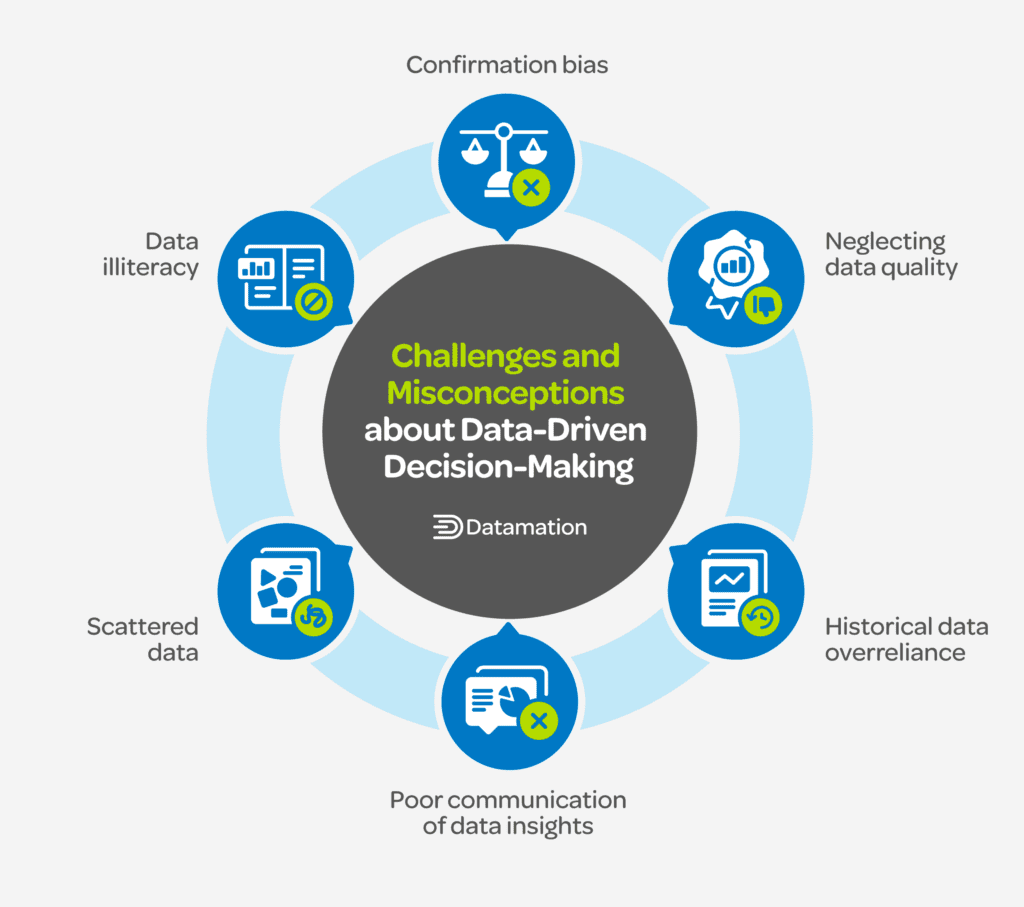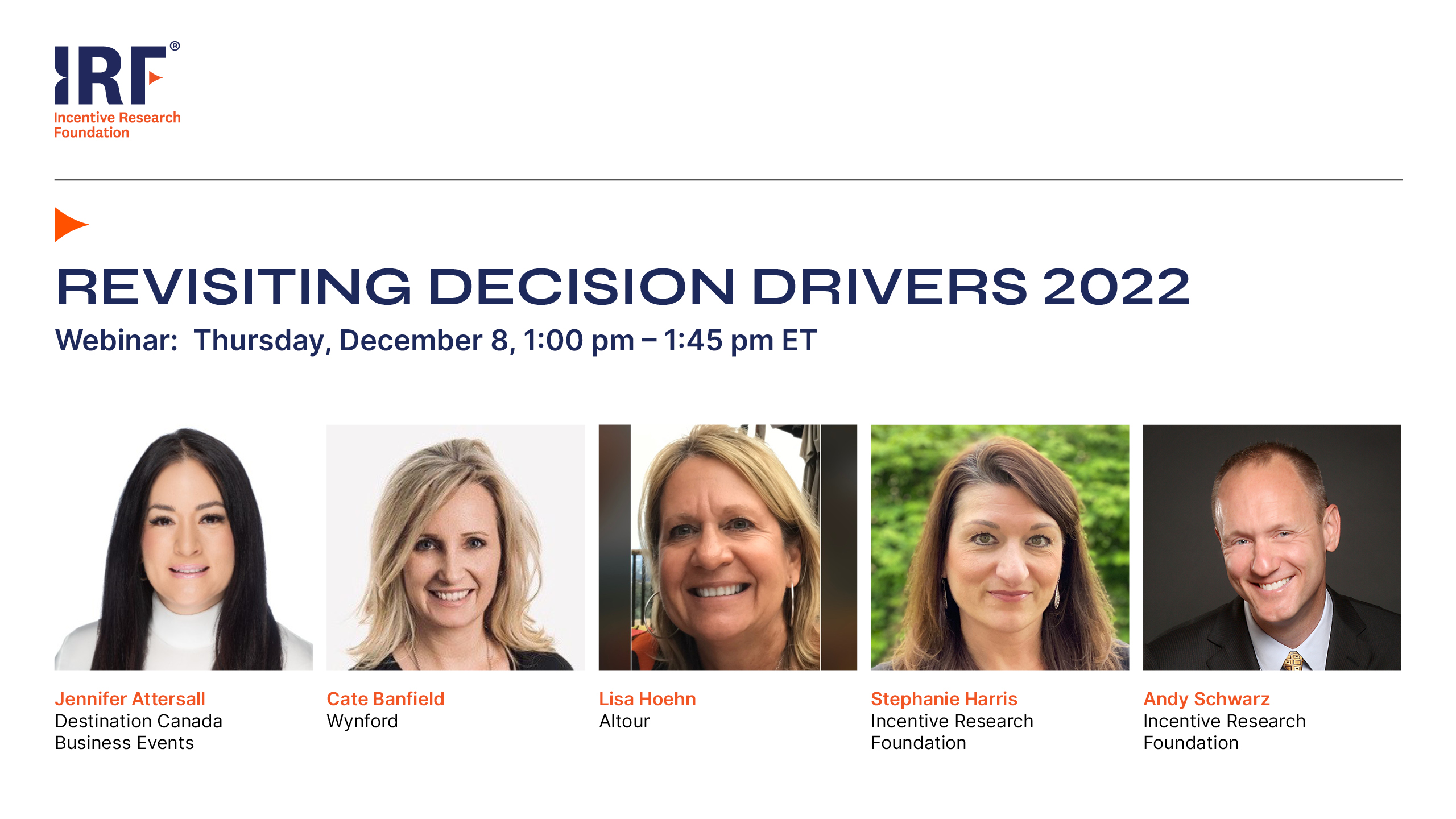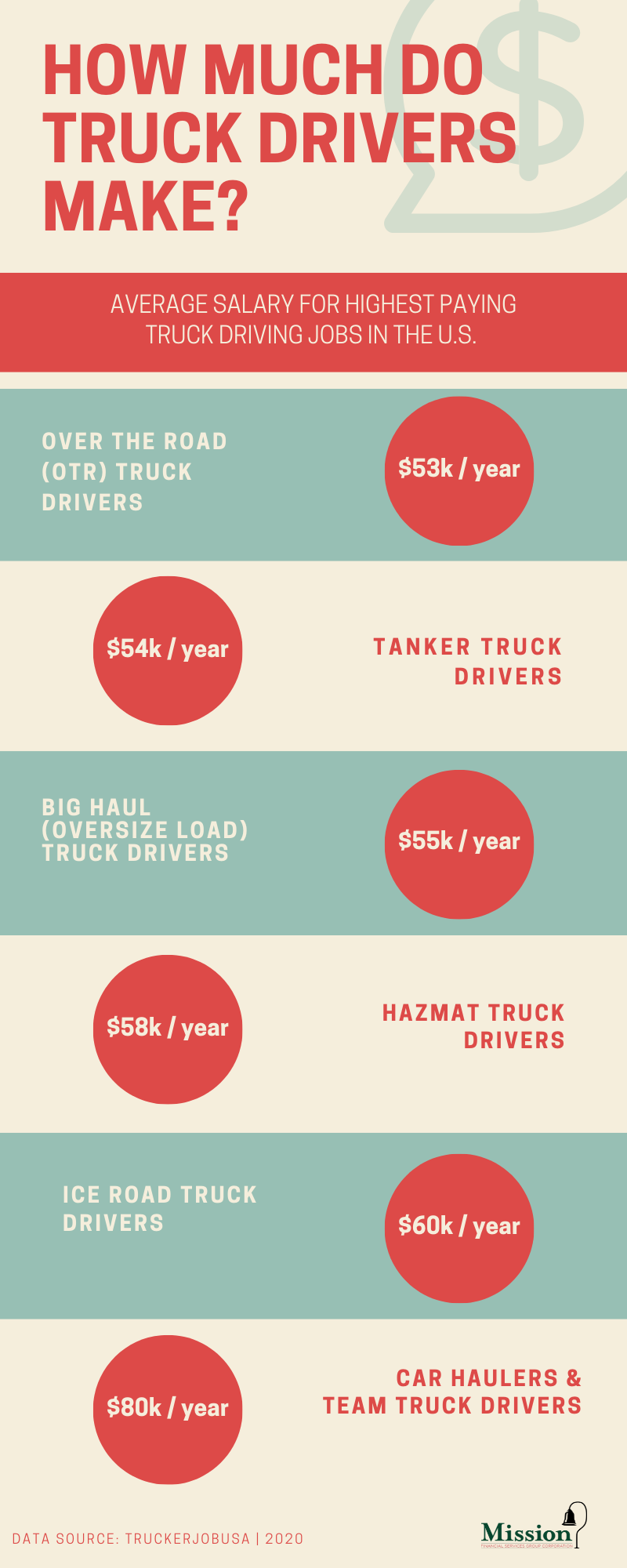Drivers Make An Estimated Decisions A Minute

The average driver makes an astonishing number of decisions while behind the wheel, far exceeding what many might assume. Experts estimate that drivers make around 20 decisions per minute, a constant stream of assessments and reactions crucial for safe navigation.
This continuous decision-making process, driven by factors ranging from traffic conditions to pedestrian activity, underscores the cognitive load placed on individuals operating motor vehicles. Understanding the sheer volume of these micro-decisions is vital for improving driver training, enhancing vehicle safety technologies, and promoting safer roadways for everyone.
Researchers at the National Highway Traffic Safety Administration (NHTSA) and various academic institutions have been studying driver behavior for decades. Their findings consistently point to a high rate of decision-making. These decisions encompass a wide range of actions, from adjusting speed and lane positioning to interpreting road signs and anticipating the actions of other drivers.
The Anatomy of a Driving Decision
Each driving decision, however small it may seem, involves a complex interplay of perception, cognition, and motor skills. Drivers must constantly process visual information, auditory cues, and tactile feedback to assess their surroundings.
This information is then filtered through cognitive processes like attention, memory, and judgment to determine the appropriate course of action. Finally, the driver executes the decision through physical actions, such as steering, braking, or accelerating.
The frequency of these decisions is heavily influenced by the driving environment. For example, driving in dense urban areas with heavy traffic, pedestrians, and cyclists requires far more decisions per minute than driving on a sparsely populated highway. Furthermore, adverse weather conditions such as rain, snow, or fog can significantly increase the cognitive load and the number of decisions required.
Factors Influencing Decision-Making
Several factors can impact a driver's ability to make sound decisions. Driver fatigue, for instance, is a significant contributor to impaired judgment and slower reaction times. According to the National Safety Council, drowsy driving can be just as dangerous as driving under the influence of alcohol.
Similarly, distracted driving, which includes activities like texting, talking on the phone, or adjusting the car's infotainment system, diverts attention away from the road and reduces the capacity to process critical information.
Age and experience also play a crucial role. Younger, less experienced drivers tend to make more errors in judgment due to a lack of driving experience. Conversely, older drivers may experience cognitive decline or physical limitations that can impair their decision-making abilities.
"The sheer volume of decisions a driver makes in a single minute highlights the importance of maintaining focus and minimizing distractions," says Dr. Emily Carter, a cognitive psychologist specializing in driver behavior. "It's a constant juggling act of processing information and reacting appropriately."
Implications for Road Safety
Understanding the high frequency of driving decisions has significant implications for road safety initiatives. Driver education programs need to emphasize the importance of hazard perception, risk assessment, and decision-making skills.
Furthermore, vehicle manufacturers can leverage this knowledge to design safer vehicles equipped with advanced driver-assistance systems (ADAS). These systems, such as automatic emergency braking, lane departure warning, and adaptive cruise control, can help to mitigate the risks associated with driver error and reduce the cognitive load on drivers.
Infrastructure improvements can also play a vital role in enhancing road safety. Clear and consistent signage, well-maintained roads, and pedestrian-friendly designs can help to reduce the complexity of the driving environment and minimize the number of decisions required.
The Human Element
Beyond the statistics and technological advancements, it's essential to remember the human element involved in every driving decision. Sarah Miller, a driving instructor with over 20 years of experience, emphasizes the importance of cultivating a mindful approach to driving.
"I always tell my students to be present and aware of their surroundings," says Miller. "Driving is not just about operating a vehicle; it's about anticipating potential hazards and making informed decisions in real-time. It's about being a responsible and considerate road user."
One of Miller's former students, John Davis, shared how her teaching changed his perspective. "I used to just drive from point A to point B, without really thinking about what I was doing. But after Sarah's lessons, I started to pay attention to the little details – the way other cars were moving, the pedestrians on the sidewalk, the changing weather conditions."
Davis believes that the awareness he gained has made him a safer and more confident driver. He stated, "It's not just about knowing the rules of the road; it's about understanding the dynamic nature of driving and making the right decisions, every second of every journey."
Moving Forward
The estimation that drivers make approximately 20 decisions per minute provides a powerful reminder of the mental demands involved in driving. By acknowledging this cognitive load, we can take steps to promote safer driving practices, improve vehicle safety technologies, and create a more secure road environment for all.
Further research is necessary to fully understand the complexities of driver decision-making and to develop targeted interventions that can enhance driver performance. This includes exploring the impact of emerging technologies, such as autonomous vehicles, on the future of driving.
Ultimately, a collaborative effort involving researchers, policymakers, vehicle manufacturers, and drivers themselves is essential to creating a road system that prioritizes safety and minimizes the risk of accidents. The key lies in understanding the demands of driving and working together to support drivers in making safe and informed decisions, every minute of every journey.
